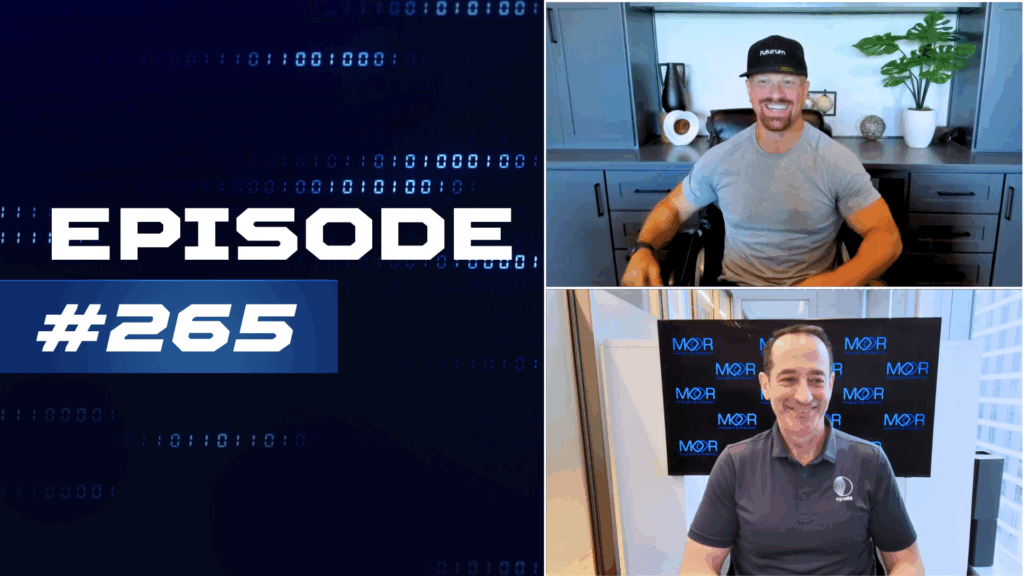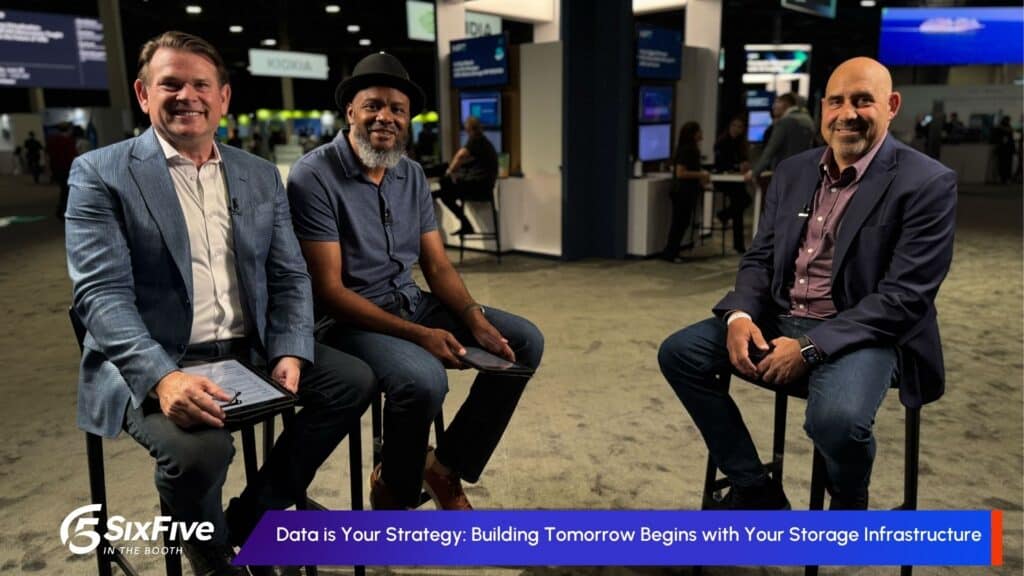Analyst(s): Dr. Bob Sutor
Publication Date: October 1, 2024
Silicon photonic devices, like those produced by Enosemi, are applicable now to classical computing and are a requirement for the future of many quantum technologies. Photons, or particles of light, are the transmission mechanism for much of our telecommunications infrastructure. Quantum networking, connecting quantum processing units (QPUs) and other devices such as quantum memory and sensors, will require integrated photonics (IP) and photonic integrated circuits (PICs) to reduce SWaP-C – size, weight, power, and cost.
What is Covered in this Article:
- How photonics technology complements electronics and the need for integrated photonics and photonic integrated circuits
- Enosemi, the company, and its relationship to GlobalFoundries
- The role of photonics in quantum computing control and networking
The News: On September 12, Sacramento, a California-based semiconductor company, announced that a portfolio of its high-speed electronic and photonic design integrated photonics (IP) was available in the GlobalsFoundries FotonixTM IP catalog.
Quantum in Context: Enosemi Adds IP to GlobalFoundries Catalog
Analyst Take: While many people are familiar with “golden chandeliers” from quantum computer providers such as IBM and Google, those use microwaves to control the superconducting qubits. Other modalities, including neutral atom, trapped ion, and photonic qubits, use light to represent or control quantum states.
Photonic approaches using optical tables are bulky, often taking two to six square meters of floor space. The lasers, mirrors, detectors, lenses, and specialized components such as magneto-optical and ion traps take up too much room for applications where space is at a premium or there is significant vibration and movement. Integrated photonics, such as those produced by Enosemi and other vendors, are required to ruggedize and reduce the size, weight, power, and cost of quantum computers and sensors and integrate them via quantum networking.
Integrated Photonics
The semiconductors that consumers are most familiar with, such as those in phones and computers, are electronic. The control and flow of electrons perform the functions within processors and memory via components, including diodes and transistors. Vendors manufacture integrated circuits that package the lower-level components into ones with more complex functionality.
Similarly, we can use photons of light instead of electrons, with silicon being the medium for the photons. This gives us silicon photonics and Photonic Integrated Circuits (PICs). The advantages over traditional electronics include lower power consumption, higher data transfer speed, increased bandwidth, and longer transmission distance. These also integrate well with optical communication networks.
Enosemi, Its Products, and Its Partnership with GlobalFoundries
Enosemi was founded in May 2023 by Ari Novack, Matt Streshinsky, and Shahab Ardalan. It emerged from stealth mode in October of that year with a commercial license to silicon photonic tech from Luminous Computing, an AI accelerator company. Novack and Streshinsky had previously been executives at Luminous.
Global Foundries (GF) was founded in 2009 and was formed with the spinoff of AMD’s semiconductor manufacturing business. In 2014, IBM sold its Microelectronics Division, including its New York and Vermont fabs, to GF.
GF Fotonix™ is the company’s platform and catalog of silicon photonics devices, allowing faster design and manufacture of light-based components for computing and communications. Engineers can integrate photonic and electronic components using the Electro-Optical Process Design Kit within the platform.
Enosemi’s announcement states that the Fotonix platform now includes the company’s “100G PAM4 modulator drivers, TIAs, modulators, as well as key integrated control systems and AMS devices.”
Photonics and Quantum Technologies
Scientists and engineers use optical tables to place the components when they prototype photonic devices and systems. In fact, some photos of quantum computers on vendor websites have attractive logoed panels blocking the view of large optical tables behind them.

While these work for the prototypes and minimal viable product versions, we ultimately need quantum computers, atomic clocks, RF receivers, sensors, and networking devices to be small and rugged. It may be sufficient to put some models in data center racks, but an atomic clock in your car as part of a GPS replacement system must be smaller than the size of your hand.
The industry will do this via PICs from vendors such as Enosemi, GF, and others. Quantum networking companies can then connect quantum processing units (QPUs) together and link them to quantum memories and sensors.
Quantum computer providers that use photonic, neutral atom, trapped ion, and diamond vacancies will use PICs to reduce the size, weight, power, and cost. The photons will either implement the qubits or control and measure their quantum states.
Modern data centers already use silicon photonics for networking. I expect several large vendors will start moving their silicon photonic efforts toward the quantum industry as it matures, possibly by acquiring some of the newer and smaller vendors.
What to Watch:
- Photonic quantum network technology releases from companies such as Nu Quantum, Qunnect, and Welinq
- Integrated photonics vertical integration acquisitions and partnerships by companies such as Infleqtion, IonQ, Oxford Ionics, Pasqal, Quantinuum, and QuEra
- Classical computer infrastructure and networking vendors such as Cisco, Fujitsu, Marvell, and NVIDIA moving into the quantum networking market
For additional details, see the press release “Enosemi and GlobalFoundries announce the availability of silicon-validated electronic-photonic design IP available in the GF Fotonix platform.”
Disclosure: The Futurum Group is a research and advisory firm that engages or has engaged in research, analysis, and advisory services with many technology companies, including those mentioned in this article. The author does not hold any equity positions with any company mentioned in this article.
Analysis and opinions expressed herein are specific to the analyst individually and data and other information that might have been provided for validation, not those of The Futurum Group as a whole.
Other insights from The Futurum Group:
Quantum in Context: A Qubit Primer
GlobalFoundries Advances Energy Efficiency with Efficient Partnership
Quantum in Context: Infleqtion Key to UK Quantum PNT Tech Test
Quantinuum Announces Breakthroughs for Quantum Computing Scale-Up
Featured Image Source: Generated by Microsoft Copilot with DALL-E 3
Author Information
Dr. Bob Sutor is a Consulting Analyst for Futurum and an expert in quantum technologies with 40+ years of experience. He is an accomplished author of the quantum computing book Dancing with Qubits, Second Edition. Bob is dedicated to evolving quantum to help solve society's critical computational problems. For Futurum, he helps clients understand sophisticated technologies and how to make the best use of them for success in their organizations and industries.
He’s the author of a book about quantum computing called Dancing with Qubits, which was published in 2019, with the Second Edition released in March 2024. He is also the author of the 2021 book Dancing with Python, an introduction to Python coding for classical and quantum computing. Areas in which he’s worked: quantum computing, AI, blockchain, mathematics and mathematical software, Linux, open source, standards management, product management and marketing, computer algebra, and web standards.




